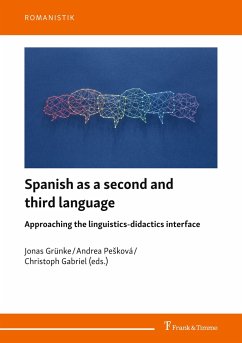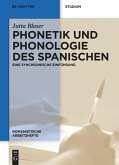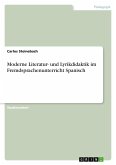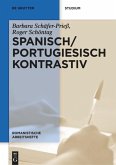Spoken as a foreign language by around 24 million people worldwide, Spanish can be the second language (L2) of monolingually raised learners who acquire it in school. Ever more often it is also the third or a further language (L3) of learners who have previously studied another foreign language (for example Spanish after English in Germany) or who acquired more than one language during early childhood, as is the case with heritage speakers. This book explores the intersections between linguistics and language pedagogy related to the acquisition of L2 and L3 Spanish in various contexts worldwide. Fostering the interdisciplinary dialogue, it combines contributions by linguists and specialists in didactics, which not only examine the interface between basic linguistic and applied research but also develop proposals and materials for concrete teaching situations.
Bitte wählen Sie Ihr Anliegen aus.
Rechnungen
Retourenschein anfordern
Bestellstatus
Storno








